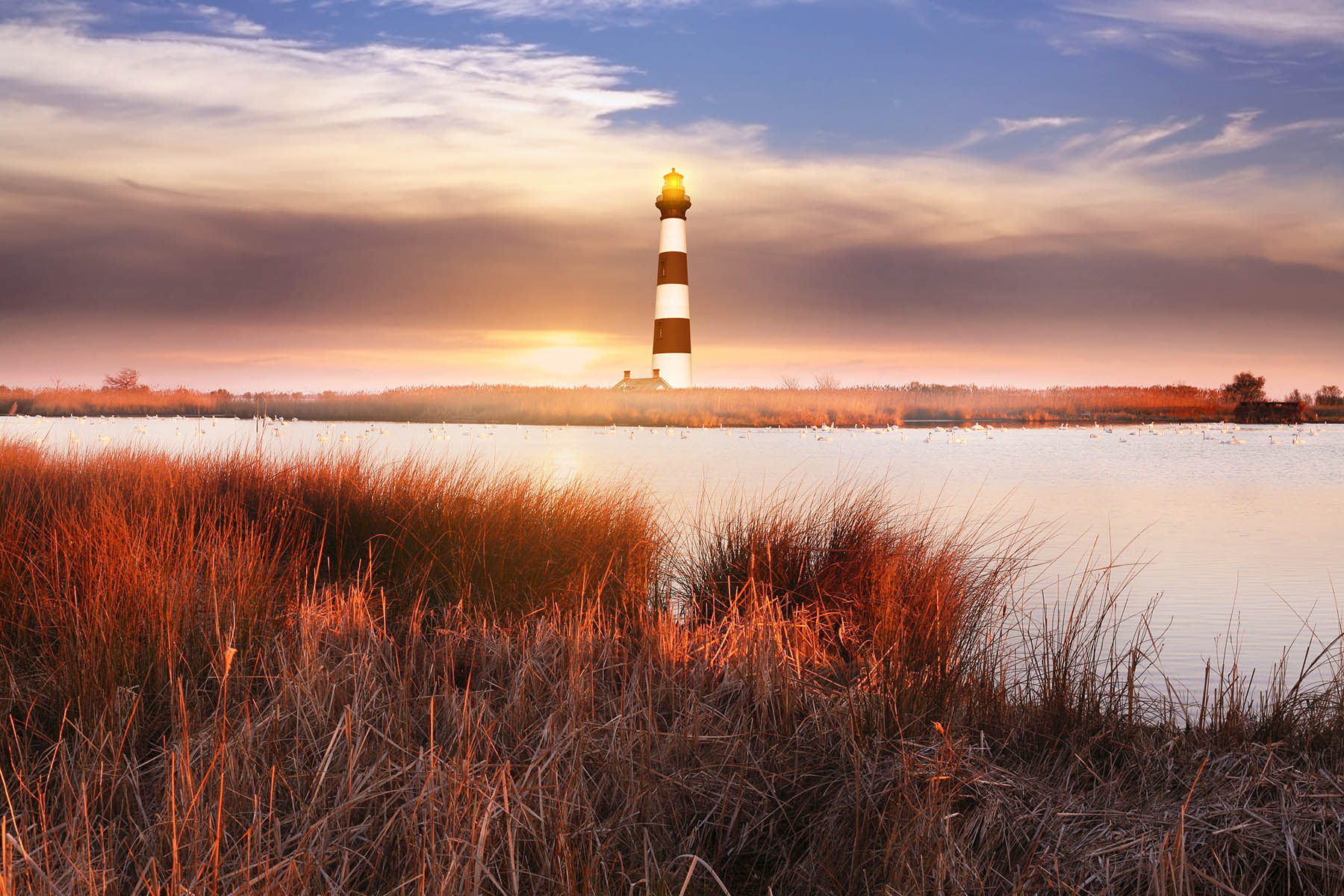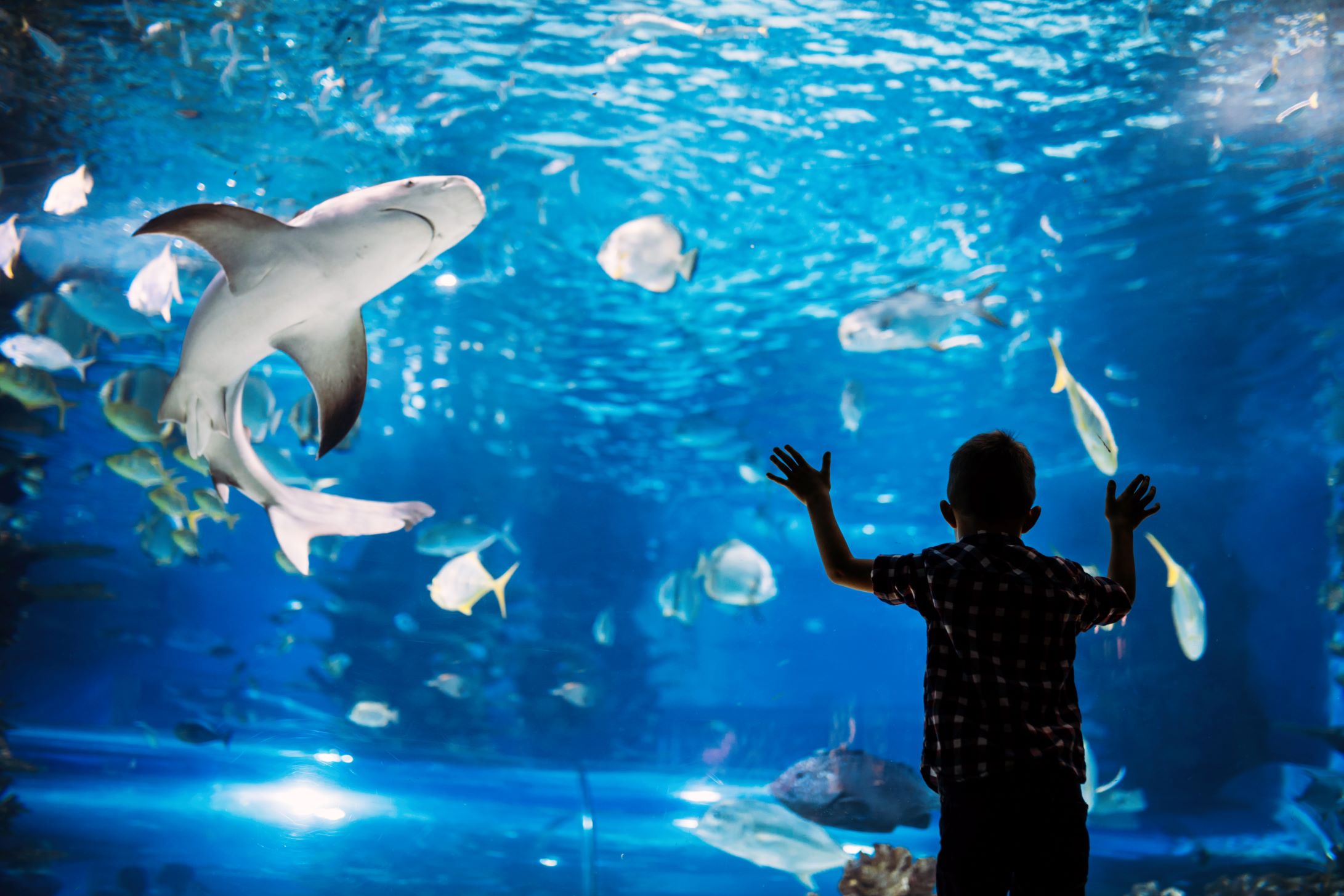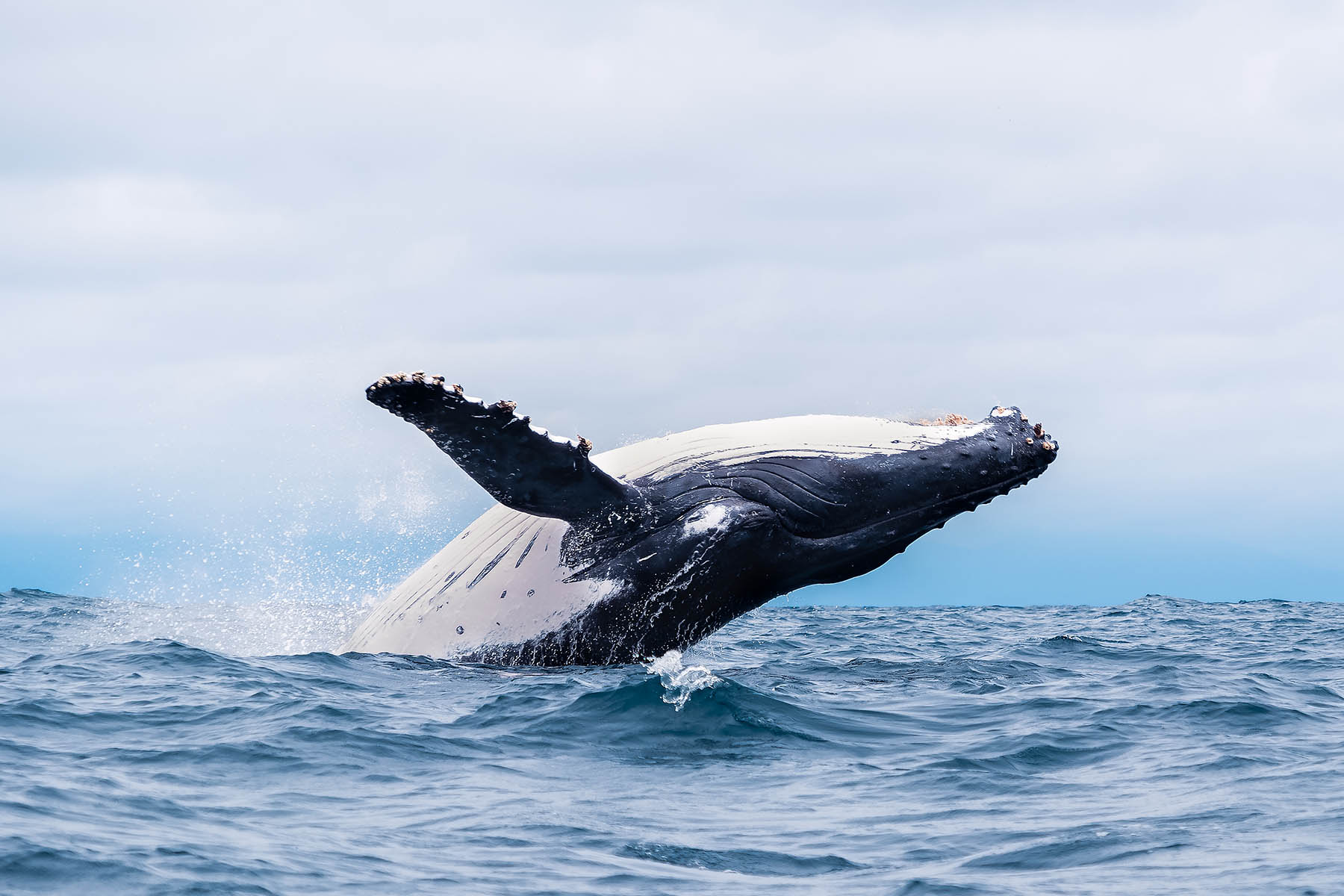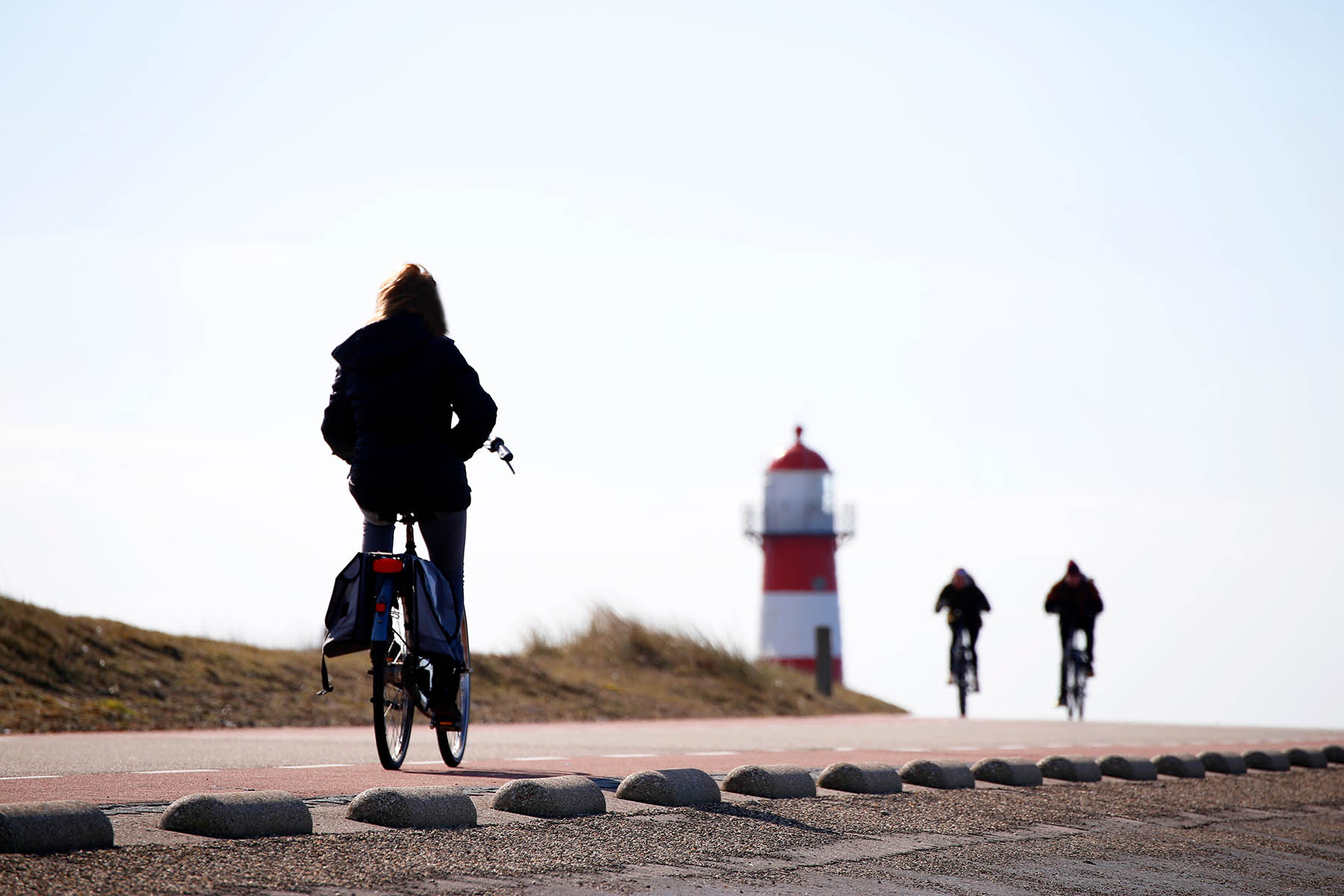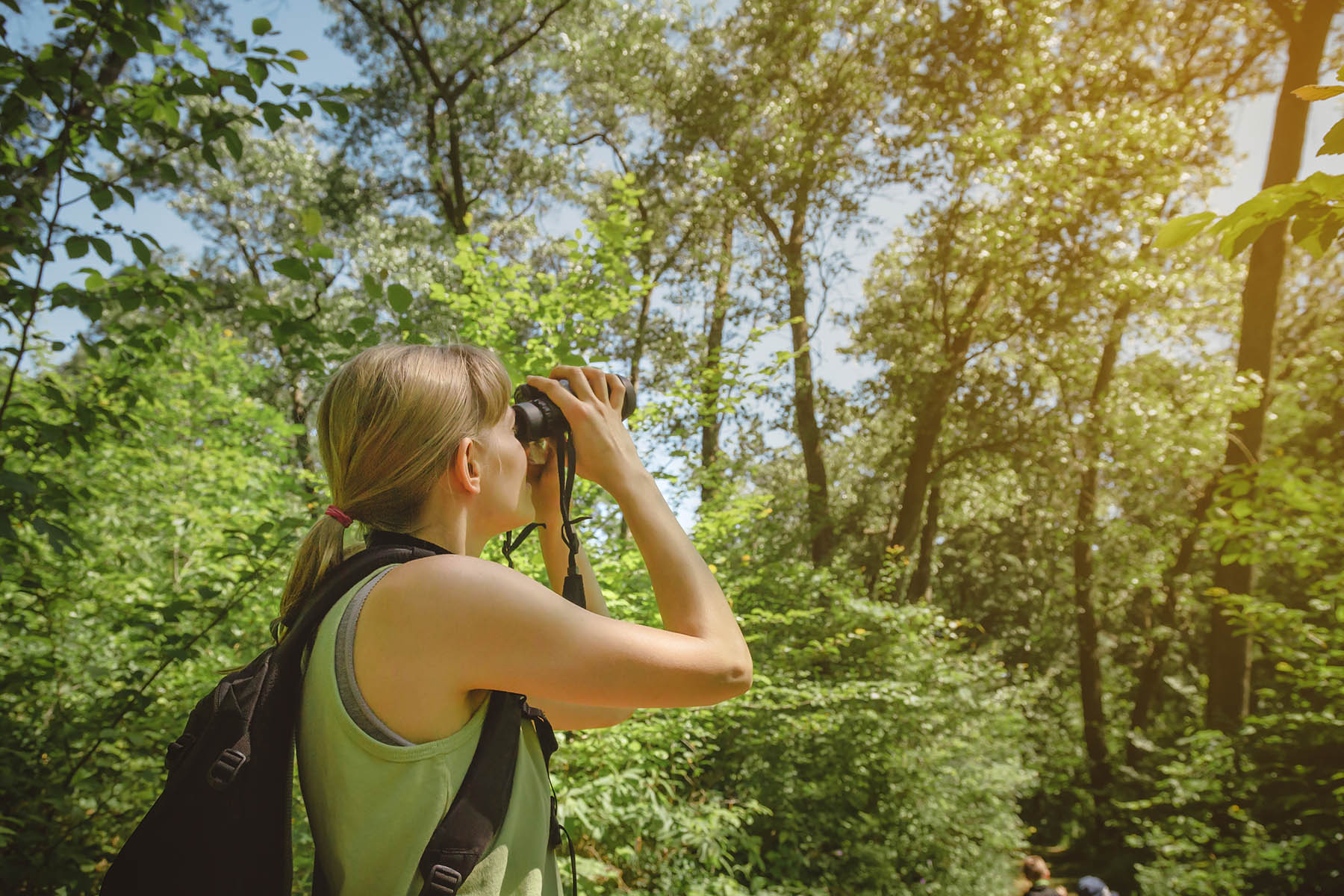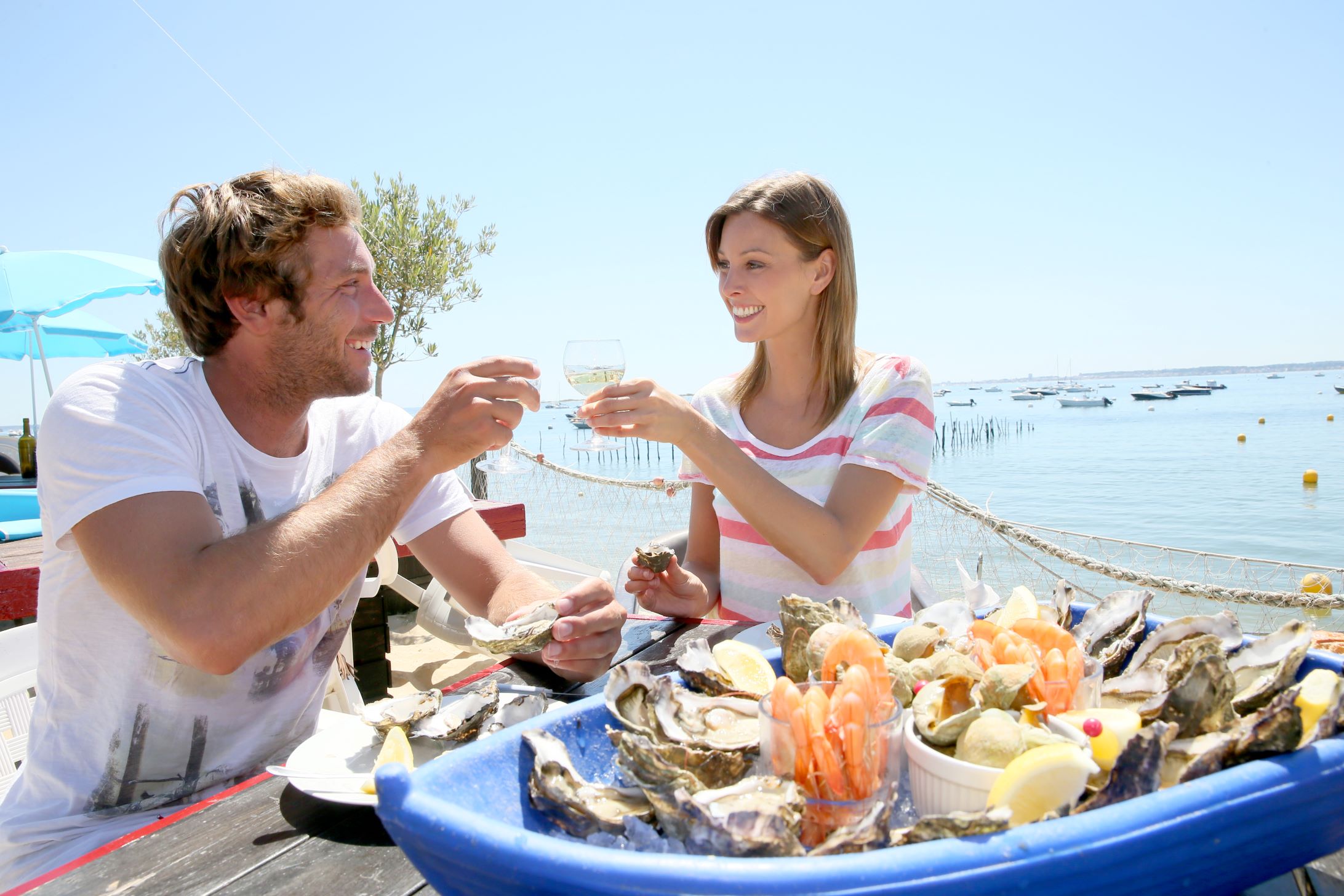Paddle-boarding The Outer Banks
Being on or near the water is what visiting the Outer Banks is all about. Stand-up paddleboarding (SUP) is widespread in the Outer Banks, as is the area from a new vantage point or relaxing with friends. Rentals can be found for an hour, a weekend, or longer. Instructors offer lessons in many different places; whether it is to see a sunset, watch wildlife or just go on an excursion, SUP is a great water sport everyone can enjoy.
Paddle Outer Banks with These Fun Tips
The Outer Banks of North Carolina offers scenic vistas, gorgeous natural surroundings, and adventure activities. Visitors visit the barrier islands for surf, sand, and sun and to enjoy water sports. There are many ways to have fun, from boating to kayaking to paddle boarding. Many places rent equipment for visitors and offer lessons. In the Northern Outer Banks, there are good waters that are calm for beginners and more risky places to head out on open water around the coastline. Look no further if you want to know the best places to launch a paddle board or where to find equipment and lessons. Let’s get started by finding the top spots to launch a paddle board and have a good time.
Paddle Boarding On The Outer Banks
Finding the best place to do paddle boarding in the Outer Banks is part of the fun. So many great places dotted across the island. Here are a few to get you started:

Where to do Stand Up Paddle Board
- Currituck Heritage Park: located in Corolla, these waters are a beginner’s paradise. Calm days keep the water smooth without being too choppy but beware of strong currents that may still run underneath the surface.
- Stay close to shore
- Kitty Hawk State Reserve: public access points make this a great place to launch a SUP. Kitty Hawk and Kill Devil Hills offer easy-going rides and beautiful, natural surroundings. Try Colington Harbor near Kill Devil Hills for scenic waterfront views
- Jockey’s Ridge State Park: is located in Nags Head, offering a surfers paradise for windsurfers and kiteboarders. Be mindful of others when paddling out as it may get crowded in summer months
- Bonner Bridge: check out Hatteras Island and the many spots to enjoy quiet waters for paddle boarding. Pea Island National Wildlife Refuge offers a great bird-watching experience
- Frisco: sand bars and slow waves offer a great spot for beginners to jump into the water. The gradual slope offers a nice entry into the water and spectacular views
- Ocracoke Island: the list wouldn’t be complete without mentioning this shoreline with good access points and lots of nature to view as you paddle around,
Wherever your paddle adventures take you, there are various spots in Outer Banks that rent equipment and offer lessons or tours to visitors. Be sure to check them out.

Equipment and Lessons
Any place that offers equipment and lessons for other water sports likely has paddle board gear and lessons. Here areas things to consider when looking for the best equipment and paddle boarding Outer Banks lessons:
- Find equipment at local companies Real Kiteboarding and Kitty Hawk Kites
- Try rentals from daily to weekly and more at Moneysworth Rentals or Ocean Atlantic Rentals
- Local companies can deliver equipment, boards and paddles right to vacation rentals
Lessons can be picked up from small businesses to larger companies across Outer Banks. Individual lessons or group offerings and group tours if people desire. Lessons last anywhere from 60 to 90 minutes. Basics are covered along with safety guidelines. Little equipment is required, and it is an easy activity to pick up and do in that amount of time. All ages can try it, making it a nice family activity. Call ahead to book or reserve during the busy season to ensure access to your needs.
Tips to SUP
Get ready to get out on the water! Grab a paddle and board to get out on the sound or hit the shoreline. Here are some tips to ensure you’re SUP-ready:
- Paddle out on your stomach in the ocean or bigger waves and water
- Use a paddle for balance. Kneel if water gets to hitting the board or waves come in
- Take lessons if you’re not sure or want to know more about how to navigate the area’s waters better
- Pay attention to the ocean and sound currents. If a breeze kicks up, it can make for rougher waters on a paddle board
- Look out for inlets as the sound and ocean water look safe, but underneath, the currents can run up to 20’ deep and almost impassable on a paddle board
- Jockey’s Ridge is highly trafficked by other water sports enthusiasts so keep an eye out for other vessels around the area or go when it is less hectic
- Wear appropriate clothing to keep you protected and comfortable. Have sunscreen and use a life vest for safety.
Another tip to make paddle boarding Outer Banks an extraordinary experience is to consider where you want to ride and what kind of trip you’re looking for. Currituck and Pamlico, for example, are more calm, easy rides for beginners or a quiet time on the water. Challenge yourself by trying the beach and hitting an ocean wave, or ask for where to shoot some water that might be more for adventure enthusiasts.
Paddle Outer Banks F.A.Q.
The key to standing up on a paddle board is to put the paddle’s blade into the water for balance. Have a ‘ready’ position with the dominant hand and side close to the water and the other hand on the paddle’s handle. Keep your core strong, your legs planted securely while paddling, and don’t move around the board. Stay still and quiet on the board to maintain the best balance and enjoy the ride.
The first rule is to use the whole paddle. Don’t ‘choke up’ or keep hands close together near the handle. Stay focused on the water but don’t look down. Keep your eyes looking ahead for the best balance. Stand on the center of the board and focus on where you are headed. Newbies tend to look down into the water or not stand in the right spot on the board, which affects balance. The other main thing to avoid is going out in bad weather, not reading posted signs, or not wearing an ankle bracelet or life jacket. Safety is a priority for yourself and others out on the water with you.
Those who want a challenge or more aggressive waves and water can try paddling into the ocean waves. If you have SUP experience and want to cruise these waters, read signs for posted water conditions, including rip currents and look for busy times when others may be using the water with you (kiteboarders, surfers, etc.). You can SUP at the beach and stay close to shore, but waves can carry you a long way. Make sure to mention this when renting equipment, as different boards are better for beginners and experienced riders, along with varying conditions of water requiring different types of boards.
The USCG or US Coast Guard requires jackets for anyone over age 12. They must have an approved life jacket. Wearing a coat is a safe thing to do as you never know the water conditions underneath the surface. Paddling is fun, but safety should always come first. Check with rental companies to ask what is required before heading out.

